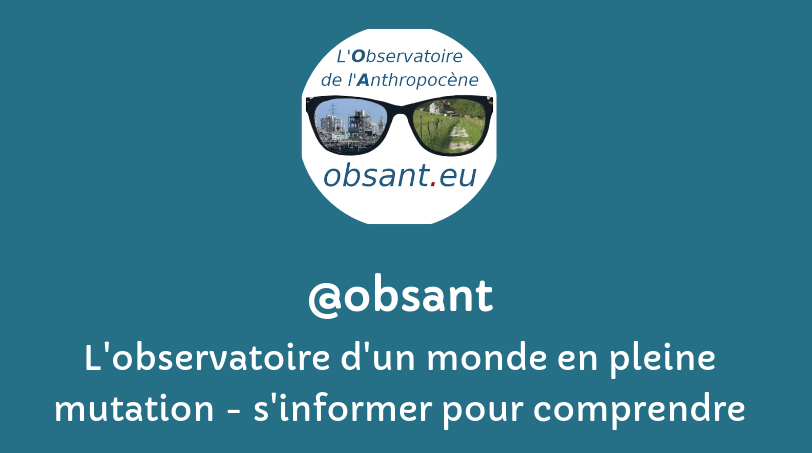Les champs auteur(e)s & mots-clés sont cliquables. Pour revenir à la page, utilisez le bouton refresh ci-dessous.
filtre:
cities
For the last 80 years, Thwaites has been losing more water through melting than it’s been gaining in snow.Half a metre of sea-level rise would submerge large parts of Asia’s coastal cities including Manila and Bangkok, as well as sizeable chunks of the Netherlands and the east of England. It’s also half of the sea-level rise needed to begin flooding Manhattan.
Heat caused 2,300 deaths across 12 cities, of which 1,500 were down to climate crisis, scientists say
For around 2,000 years, global sea levels varied little. That changed in the 20th century. They started rising and have not stopped since — and the pace is accelerating. Scientists are scrambling to understand what this means for the future just as President Trump strips back agencies tasked with monitoring the oceans.
Previous health impact assessments of temperature-related mortality in Europe indicated that the mortality burden attributable to cold is much larger than for heat. Questions remain as to whether climate change can result in a net decrease in temperature-related mortality. In this study, we estimated how climate change could affect future heat-related and cold-related mortality in 854 European urban areas, under several climate, demographic and adaptation scenarios. We showed that, with no adaptation to heat, the increase in heat-related deaths consistently exceeds any decrease in cold-related deaths across all considered scenarios in Europe. Under the lowest mitigation and adaptation scenario (SSP3-7.0), we estimate a net death burden due to climate change increasing by 49.9% and cumulating 2,345,410 (95% confidence interval = 327,603 to 4,775,853) climate change-related deaths between 2015 and 2099. This net effect would remain positive even under high adaptation scenarios, whereby a risk attenuation of 50%
A town hit hard by two hurricanes, downpours and a deep freeze, all in the midst of a pandemic, offers crucial lessons for everyone’s disaster planning and recovery.
Climate scientists have told the Guardian they expect catastrophic levels of global heating. Here’s what that would mean for the planet
EUCityCalc has officially launched its free, open source online platform that allows local councils and other stakeholders to visualise and simulate low-carbon scenarios for their towns and cities, as well as to assess the trade-offs related to available choices.
Heat and cold are now established health risk factors, with several studies reporting important mortality effects in populations around the world.1, 2, 3 The associated health burden is expected to increase with climate change, especially under the most extreme scenarios of global warming.4, 5 However, robust estimates of excess mortality in the current and future periods are still challenging to obtain due to the numerous factors influencing vulnerability to heat and cold, including climatic, environmental, and socioeconomic conditions.6 These factors represent the main drivers of variation in mortality risks, which have been shown to differ geographically and across age groups.
The problem with American electric vehicles is the same problem as with our gas-powered models: They’re too dang big. The Ford F-150 has been the top-selling automobile in the country for many years, and the electric version — while admittedly quite nifty — weighs 3.25 tons. The new electric Hummer is even more ridiculous, coming in at 9,000 pounds, with a 212-kilowatt-hour battery that weighs more than a Mazda Miata.
Community displacement has emerged as an unintended cost of climate resilience efforts. Here’s how cities can boost both livability and equity.
What else is new? Hotspots are getting hotter. The major hotspot in April stretched from Iraq to India and Pakistan, and toward the northeast through Russia (Fig. 1). Temperature exceeded 45°C (113°F) in late April in at least nine Indian cities,[1] on its way to 50°C (122°F) in Pakistan in May,[2] where a laborer says “It’s like fire burning all around” and a meteorologist describing growing heatwaves since 2015 says “The intensity is increasing, and the duration is increasing, and the frequency is increasing.” Halfway around the world, Canada and north-central United States were cooler than their long-term average, but people in British Columbia and northwest United States remember being under their own record-breaking hotspot last summer.
Strong measures by Europe could quickly deprive Russia of oil and gas income worth billions, experts say
On 28 February, the Intergovernmental Panel on Climate Change (IPCC), a United Nations body solely dedicated to looking at the science behind climate change, will release a major report on the impacts of the climate crisis and why it is imperative that we act now to address the growing risks. The report, which focuses on Impacts, Adaptation and Vulnerability, is expected to detail how climate impacts are already wreaking havoc in every part of the world and how, without much bolder action, more lives will be lost and more livelihoods destroyed. The report will look at challenges and solutions for addressing these risks and minimizing vulnerability unique to the world’s regions, cities and other habitats.
The frightful noise of gunfire, bombing and children’s screams in the cities of Ukraine reverberates across Europe. The full-scale Russian invasion launched last week is an unprovoked, heinous crime perpetrated against Ukraine’s citizens, their sovereign democratic state and all the free peoples of the world. The 24th of February is a day that will live in infamy. It will not be forgiven. It will surely never be forgotten.
Violent rainstorms are already more frequent, and they will only get worse. Europe’s metropolises are working on ways to protect themselves.
abs_empty
Drawing people into cities could cut emissions and combat housing crises. But even progressives are hard to convince
A team of experts led by University College London researchers created a mathematical model for car use within a city, which has demonstrated that cities of the future must become fully car-free in order to remain liveable.
abs_empty
abs_empty
![]()



